First, I want to tell you about how I got into this whole thing.
In high school, I was a creative kid. I borrowed my dad’s old film camera to take an intro photography class and I was hooked. I loved the feel of the camera in my hands, I loved being able to capture moments the way I saw them, I loved developing the film, I loved the darkroom. I loved the process. I loved that there wasn’t a right or wrong answer.
I got in to a university art & design program with my photography portfolio, but within my first semester at college, I changed my major to something else. I was afraid that I wouldn’t be good enough, that I wouldn’t be able to make a career out of it, that it wasn’t a “real job.” I let doubt get in the way, and as a result, I didn’t end up taking a single photography class in college. Do I wish I did? Um, yeah. Was it necessary for me to take specific photography classes in order to become a photographer? Well… you tell me.
The first thing to know about diving into this industry is that there isn’t a right or wrong way to do it. There isn’t a gear checklist or a step-by-step guide (though there are definitely some things I wish I knew). I’m willing to bet that getting into photography is one of the biggest questions I receive because it seems like a mysterious process. But those who have done it know it’s much simpler than it seems. You just have to pick up a camera and start.
IT’S NOT ABOUT THE CAMERA… BUT GET A CAMERA.
If you want to get into photography, you need a camera. Duh. It doesn’t have to be fancy. My first camera was my dad’s Nikon F1. After that, I had a Canon Rebel XTI. Then came a series of Canon PowerShot and Lumix Active Lifestyle point-and-shoots. I didn’t own a smartphone of any kind until 2014, shortly after buying a GoPro Hero4 Silver. Then came an iPhone and finally my first Sony camera, a Sony a5100, which I used exclusively until earlier this year when I bought my Sony A7Rii, the best camera I’ve ever used.
I have only been getting paid for my photography since the Spring of 2016. It hasn’t been that long. Pretty incredible when you think about how short that timeline is, and that in the past year I’ve completed many gigs with just my a5100.
A good camera for starting out is whatever camera you have available to you. Find something in your budget, read reviews before you buy anything, and borrow someone else’s or rent first if you can. Use what you can within your resources. I don’t recommend splurging on a super expensive camera you don’t know how to use yet. One example is the new Sony A9– this is a fantastic camera, and lots of people asked if I was going to get one when it came out. My answer is no. The A9 has some awesome features, but it’s overkill for me unless I start shooting lots of action or wildlife (its main feature is high frames-per-second). I just don’t need to spend all that money for a feature I will rarely use.
In my opinion it is better to outgrow something and then upgrade when you know exactly what you want (and why). When I went to buy my first camera, I was tempted to go straight for the big guns I had heard about, but I am so glad I went with something less expensive because it allowed me to actually learn my preferences. Spending time practicing on my first camera helped me make my decision when it was time to throw down bigger bucks.
I get asked all the time what a good first camera would be. If you’re looking to get into a mirrorless system, I recommend the Sony a6000 with the kit lens (the lens it comes with). This camera is an excellent introduction to the Sony system and the small size is great for travel.
GO SHOOT (AND THEN SHOOT SOME MORE)
Go out with your camera and practice. If you are wanting to get paid to take photos eventually, your photos need to be good, and that comes from lots of practice! Not only does your work need to be good, you need to know how to operate your gear comfortably. You need to know how you change your settings quickly. You need to know how light works and how to position your models/clients/subject. You need to get comfortable interacting with your subject.
Develop your style. The way to do this is through a lot of trial and error. A lot of creating photos you don’t like. A lot of frustrating nights editing an impossible image and wanting to throw your computer against the wall.
If you want to do outdoor photography, get outdoors. Portraits? Take ’em of your pals. Weddings? Practice at the next one you go to. The only way you get better at this craft is through experience. So work hard, keep going, and practice your craft.
Don’t stop working, and don’t compare your journey with anybody else’s. Things always work out for the best. Don’t stop working
— Adrian Narvaez (@AAANarvaez) September 4, 2017
LEARN WHAT THE NUMBERS MEAN
The technical stuff is not the most important thing, but it is important. I am not above Googling super basic stuff. I didn’t even know what dynamic range was until a few months ago. There’s a lot of technical verbiage in the photography world and it’s actually not all that complicated once you understand the main principles. I and everyone else in the industry figured it out as we went, so please go do the same, and never be afraid to ask questions even if you think they’re stupid. Everyone has been there at some point.
A very brief crash course on numbers:
- ISO: Basically, this is the level of sensitivity of your camera to light. Lower ISO = least sensitive to light = sharpest image. Higher ISO = more sensitive to light = more grain/noise. Typically you want to shoot at a lower ISO because it produces the sharpest image.
- Aperture: A hole in your lens that light travels through (like the pupil in an eye). The larger the aperture, the more light can get in. Aperture is expressed in f-numbers, and a larger f-number means a smaller aperture. Confusing, but this is where practice matters. A larger aperture (smaller f-number) will give you more depth of field (i.e. the blurry background with the subject in focus), whereas a smaller aperture (larger f-number) will bring more things into focus. This is all about depth.
- Shutter Speed: A measurement of time a camera’s shutter is open to allow light in (and therefore capture your image). A shorter shutter speed lets less light in, a longer one lets more light (and motion) in.
I guarantee you can find the answers to almost any photography question you have online. YouTube is one of my favorite resources for pretty much anything–– whatever your question is, someone, somewhere has probably explained it in video format. Bless you, Internet.
If you’re ready to invest some money into your knowledge base, CreativeLive is an incredible resource.
![]()
CreativeLive is an online education platform offering tons of classes–– everything from photo editing to confidence to technical aspects of business. I put together a list of my recommendations here.
LOOK FOR OPPORTUNITIES EVERYWHERE
say yes to everything until you can start to say no to most things
— It’s Blake, actually (@Jake_Blackson) September 4, 2017
Say yes to the work that comes your way–– even if you’re doing it for the exposure and practice while you are getting things up and running. If you’re serious about this, you will eventually get to a point where you can’t work in exchange for exposure, but you’re not necessarily there yet, so step away from the high horse. There are mixed opinions about working for free, but if you are looking for experience and if it gets your work out there, I think it’s worth considering.
How do you start getting paid? Eventually, you start charging money for your services. You can start charging money today if you want to–– this is up to you. However, obviously there has to be demand. And how do you create demand? You get the word out. You put your work into the world. You do good work and people talk about it to their friends and family. You let absolutely everyone know that you are available for hire. You won’t know what to charge at first, and that’s OK. Try to find out what the going rates are. Ask around. Google it. And when all else fails, you can ask what their budget is before you even throw out a number and take it from there.
Know that when I say opportunity, I don’t just mean job opportunity. I also mean relationships, mentorships, and building your skill set. Identify people you look up to and watch what they do that makes them successful. Identify the people you hope to be surrounded by, and try to get yourself (and your best work) in the same room with them.
…AND PLEASE *TRY* NOT TO OVERTHINK IT
I know you will overthink things at some point, but please try not to think too hard about this. Spend your energy doing things instead of micro-managing yourself and getting stuck in loops of worry and doubt.
It will feel frustrating, and that’s a promise. It will feel like it’s taking forever. You will wonder if you are doing it right. WELCOME… This is the process. It’s not all glam. Photographers can make their lives seem really adventurous and easy on social media, and there is so much more to the story. You stay up late, you wake up early, you take more risks in your career than you ever thought you would. If you’re in it for the right reasons, it’s worth it.
A lot of my advice isn’t photography-specific–– it’s applicable to a lot of different professions, and to life in general. Work hard, consistently, for a long time, and if you don’t have a good Why behind it, find something else to do with your time that really fires you up.
Quality, consistency and passion will take you a long way. Welcome to the journey.
More specific photography questions? Let me know in the comments so I can write more blog posts like this.
Please ignore this text box - Recoleta Font
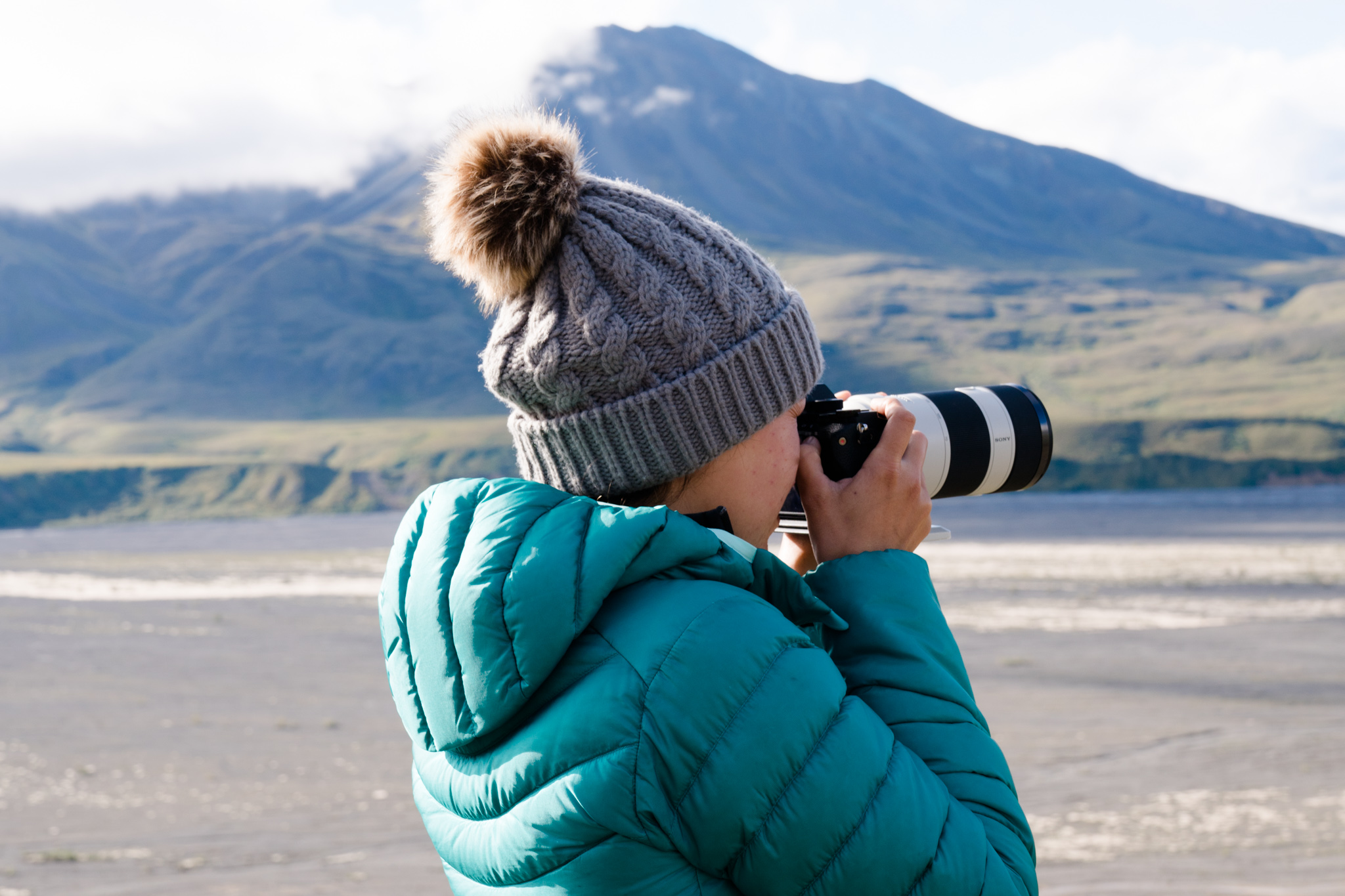
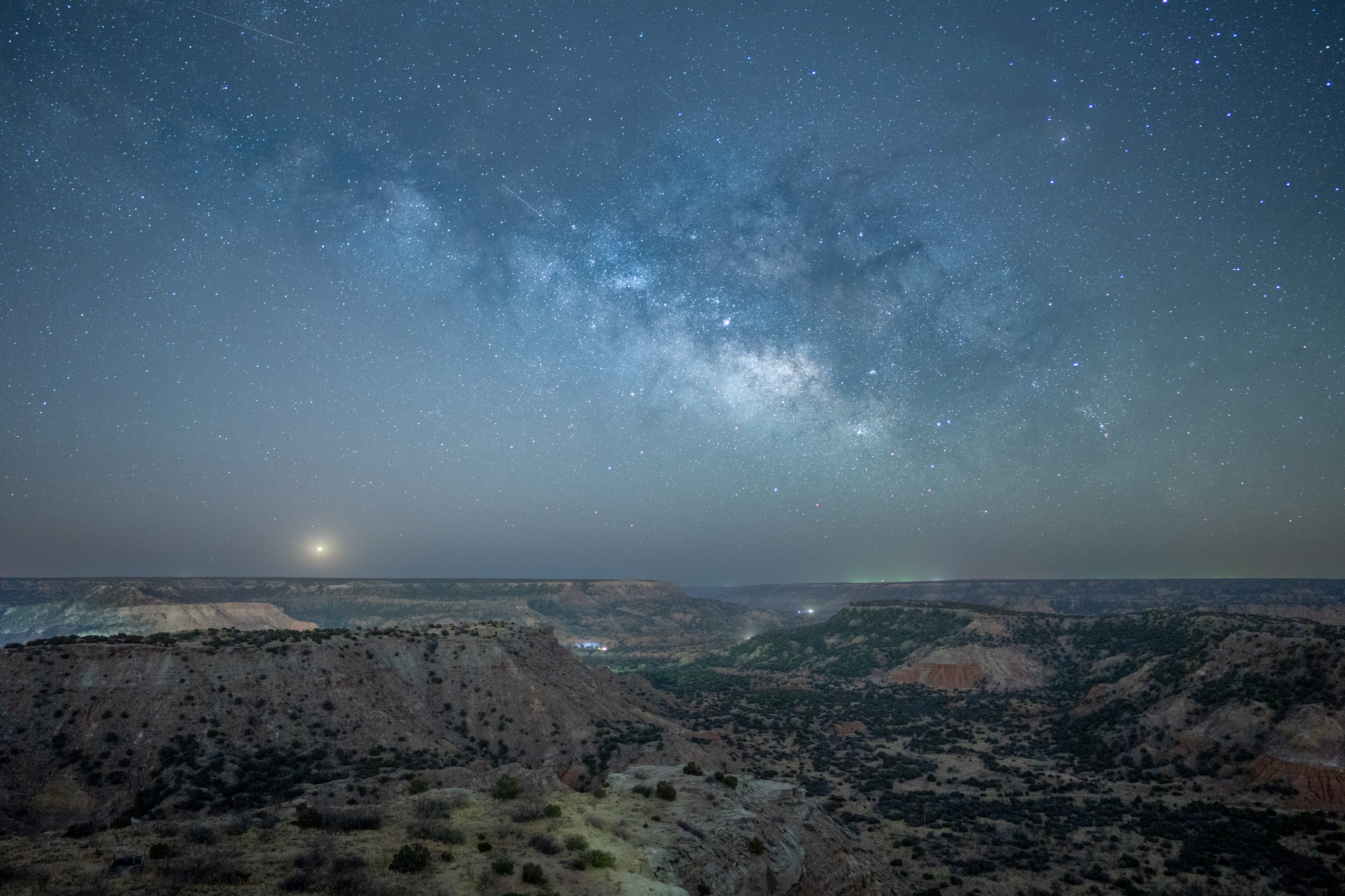
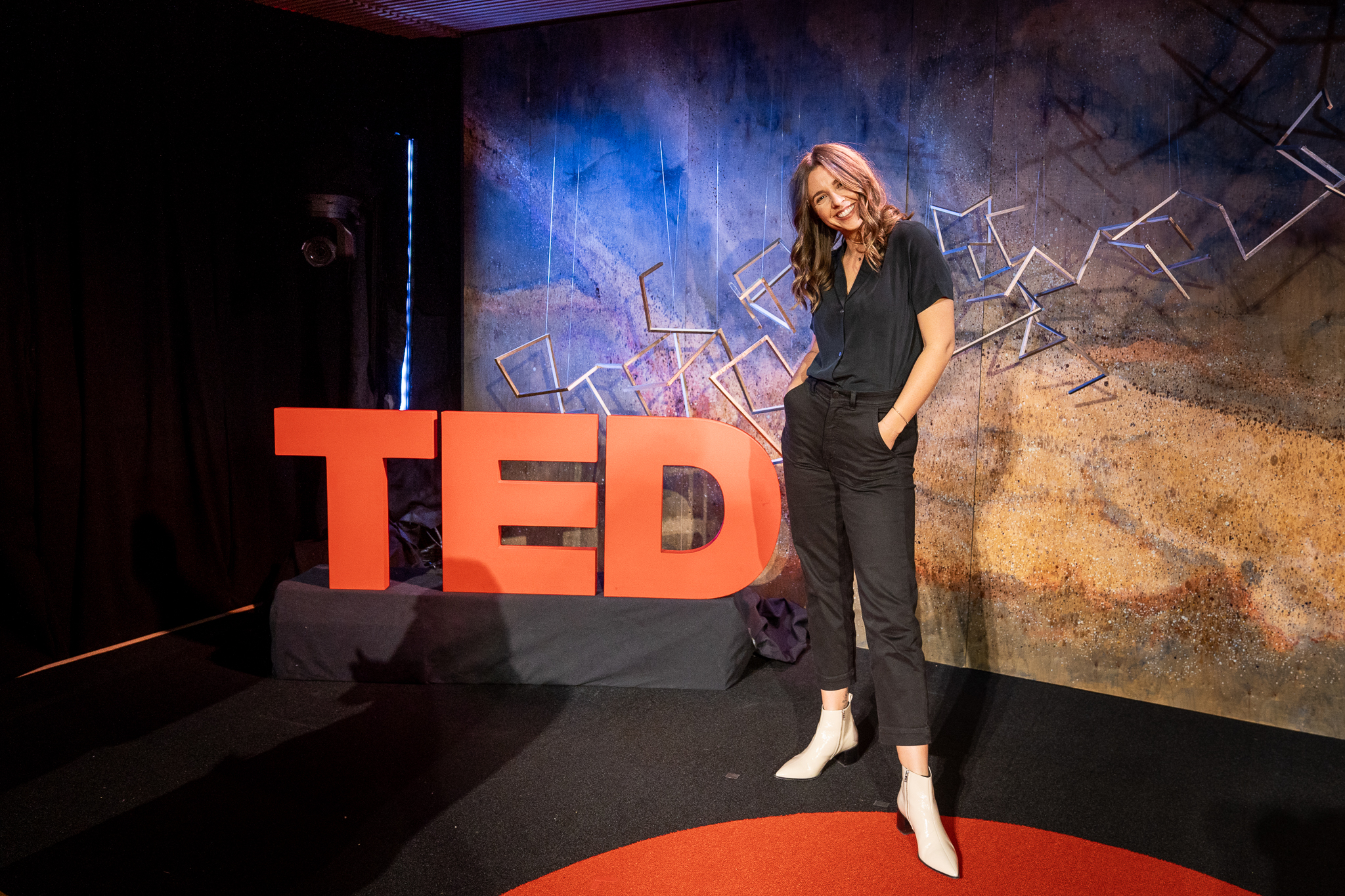
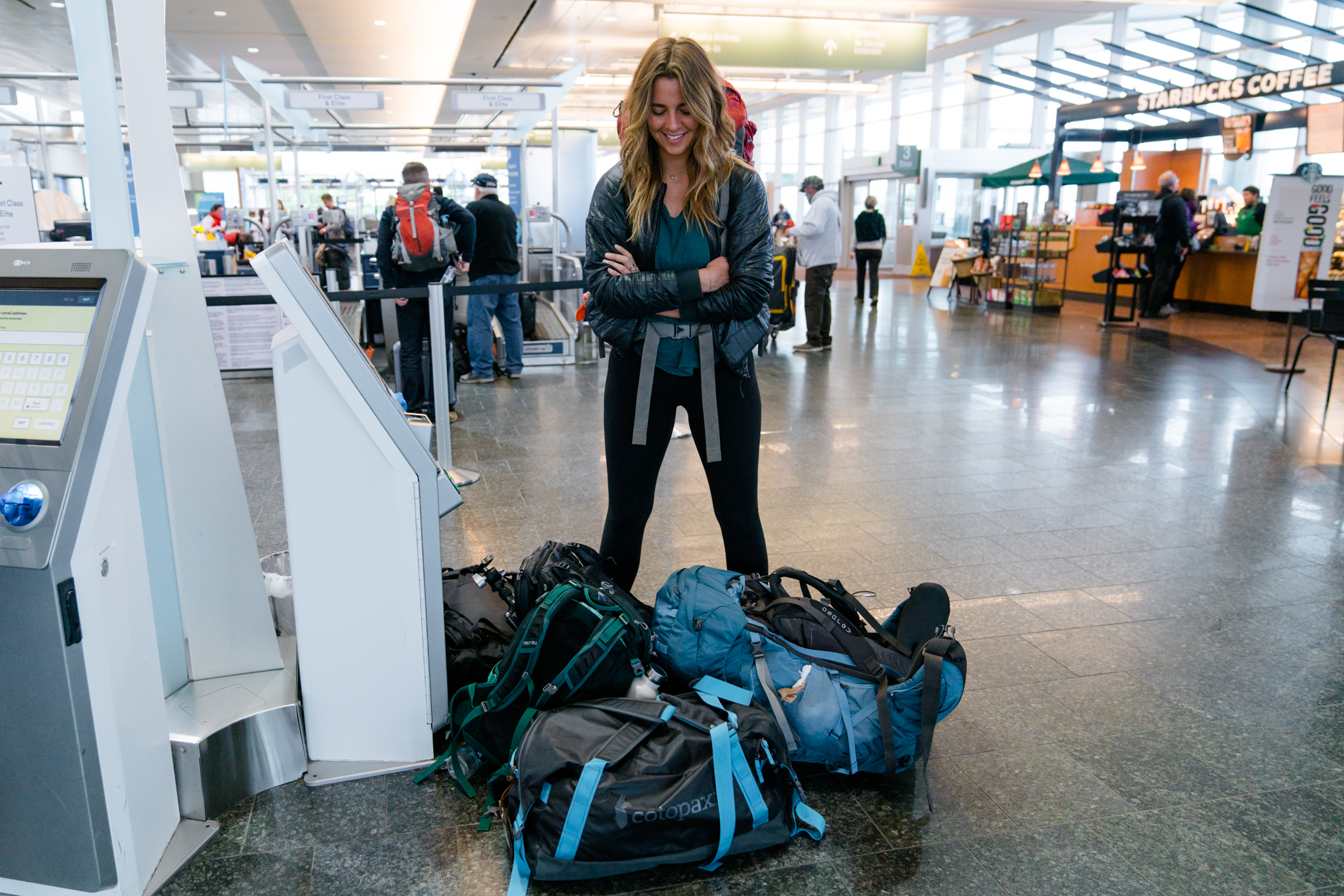
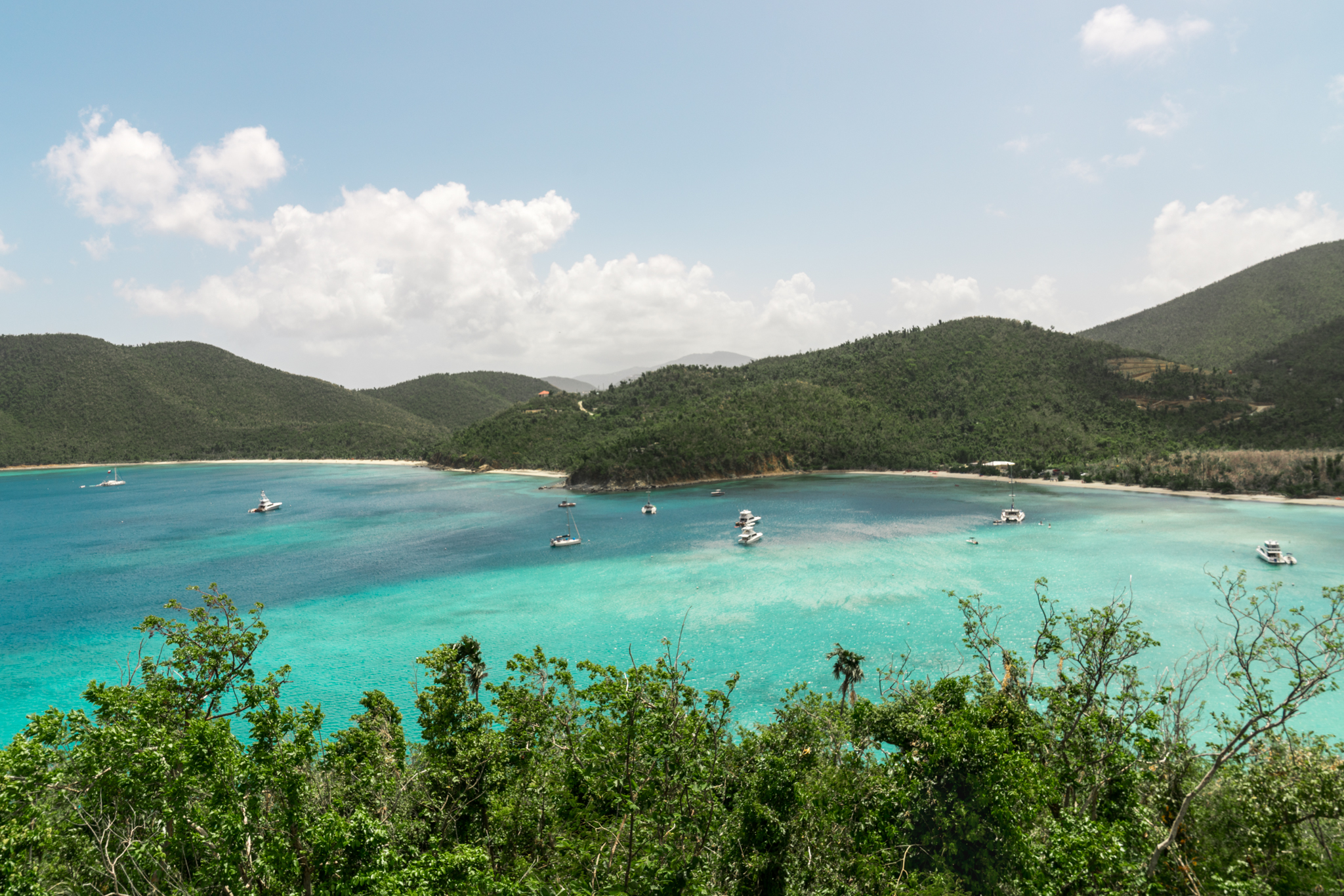
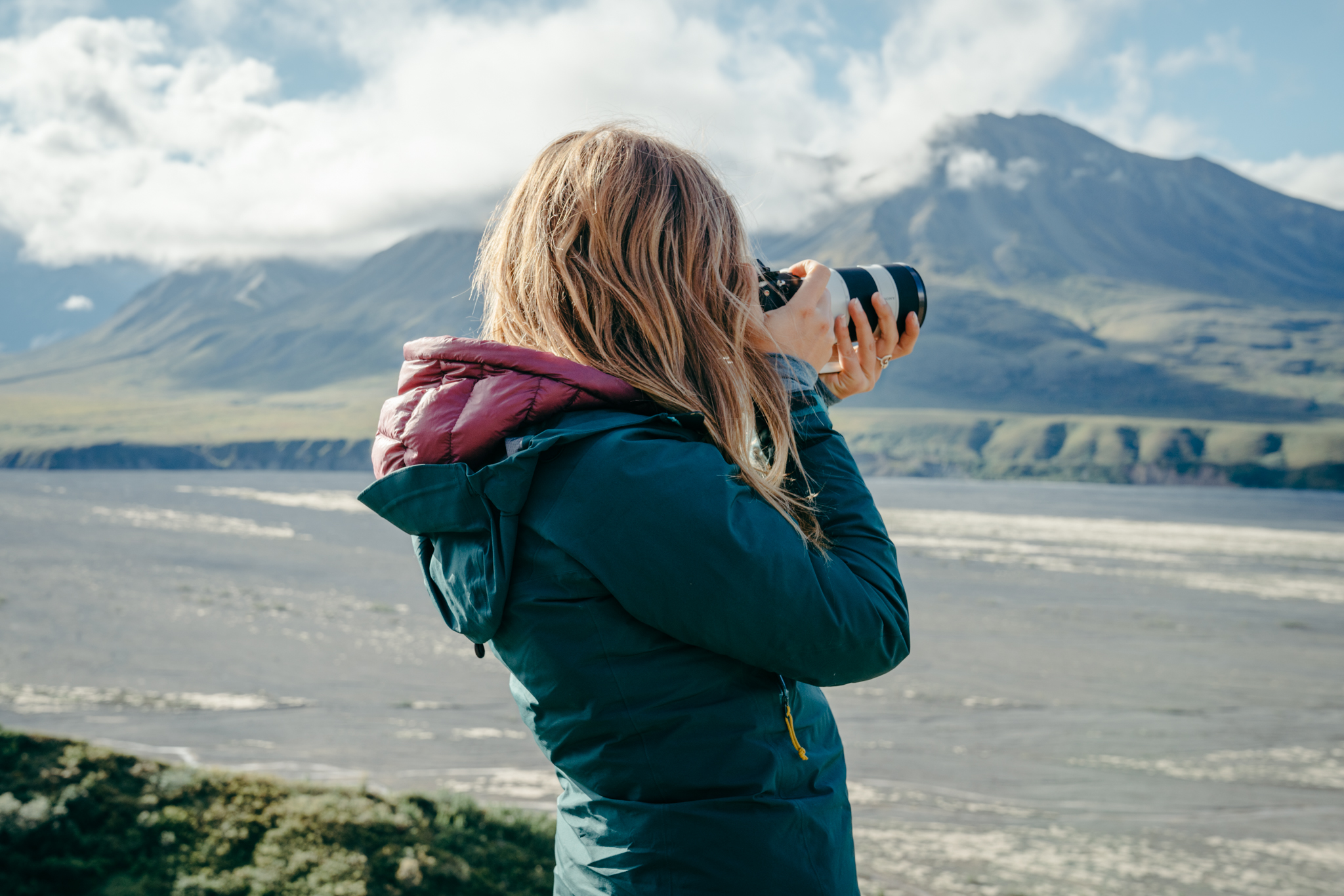
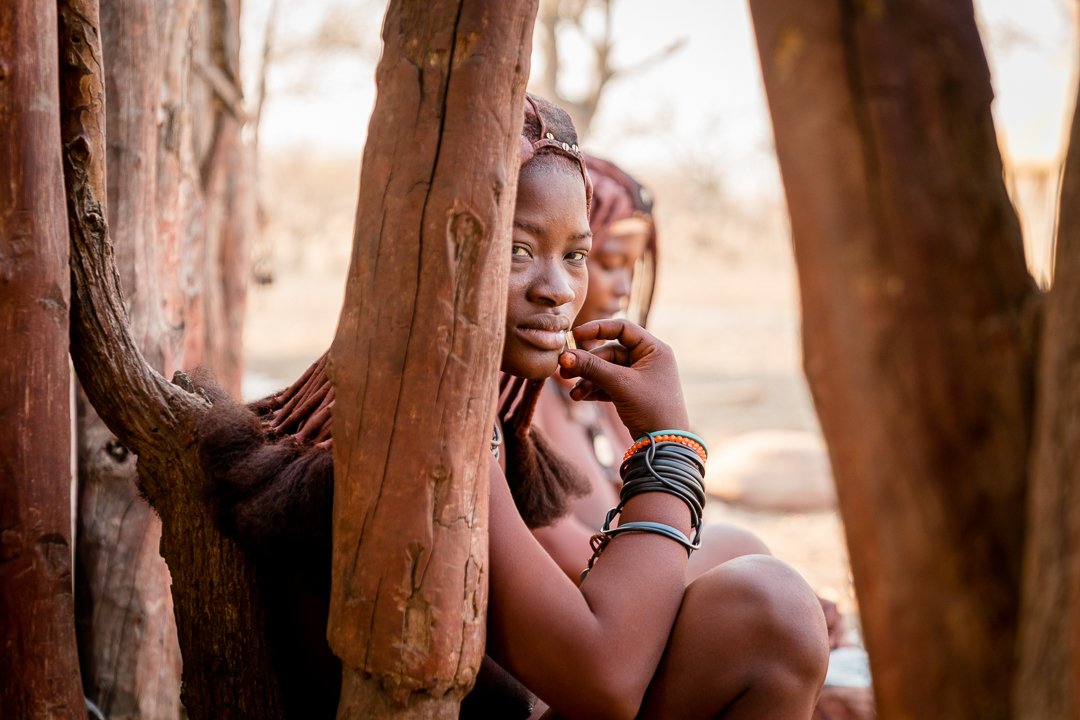
+ show Comments
- Hide Comments
add a comment